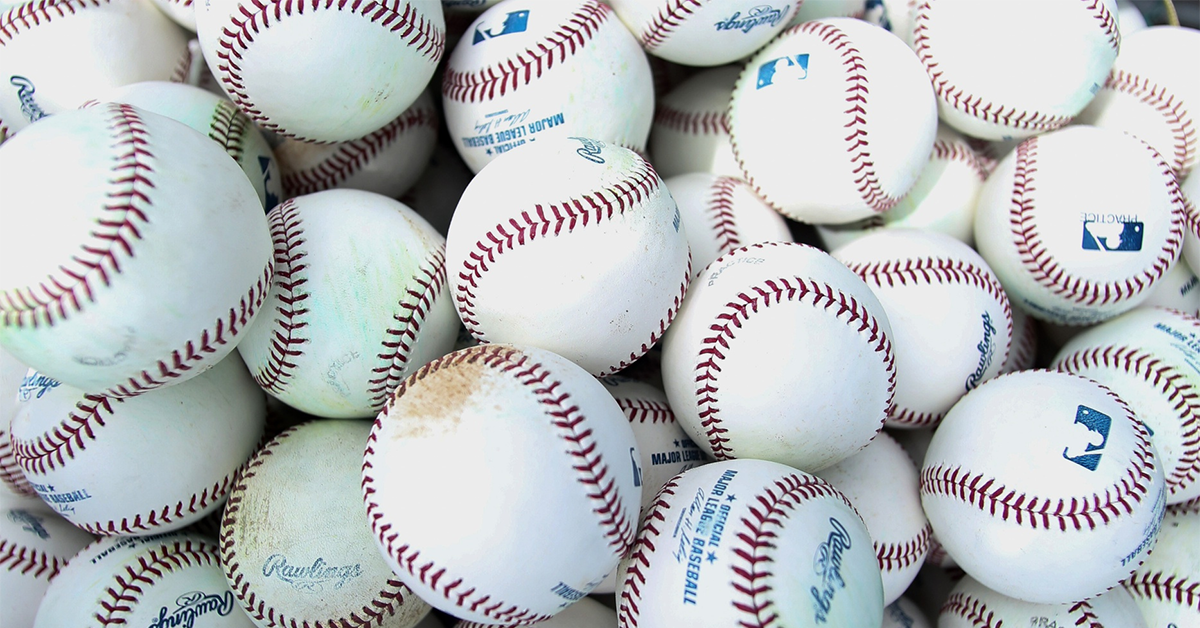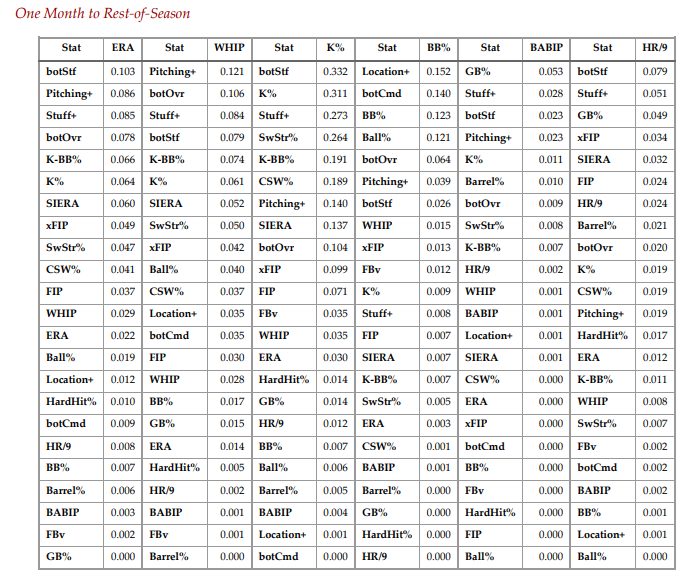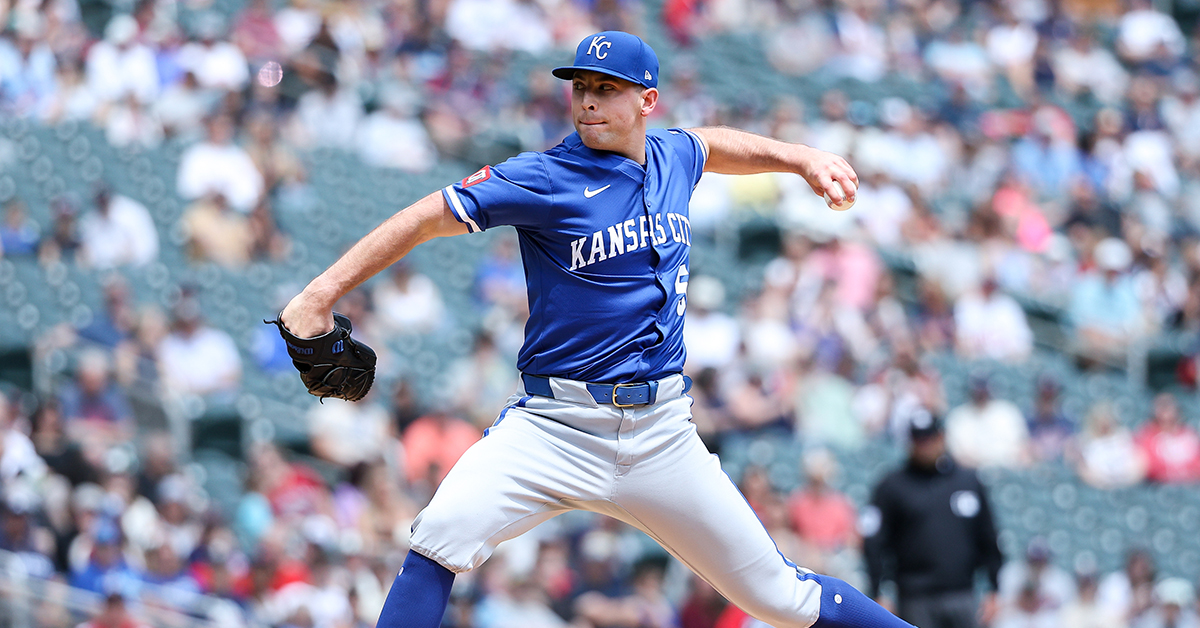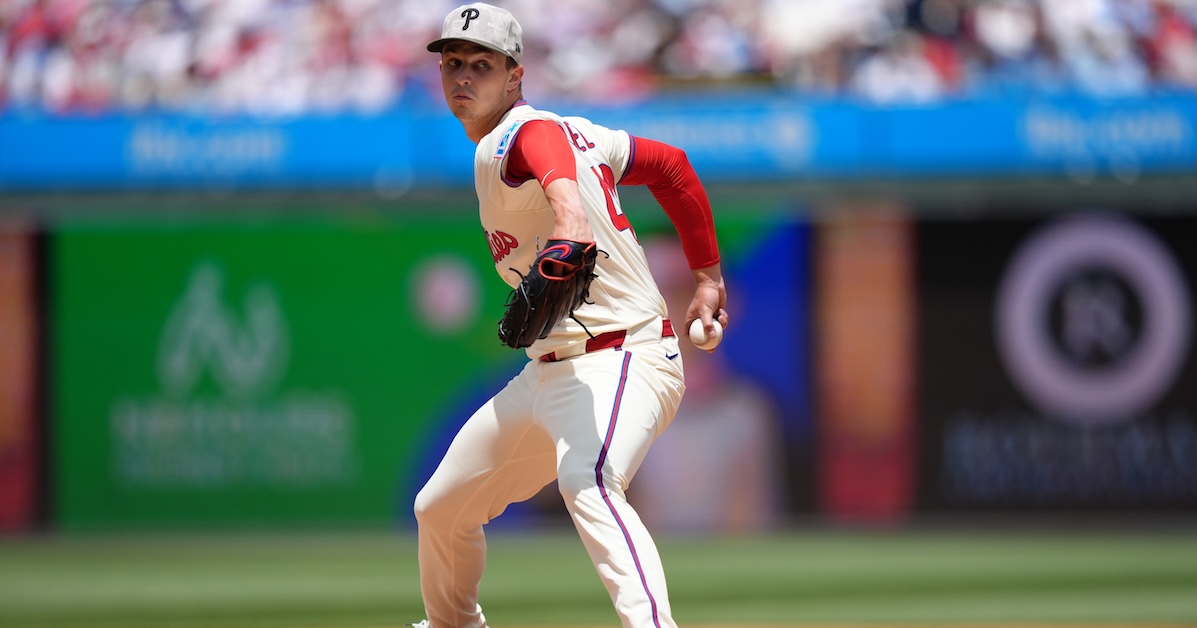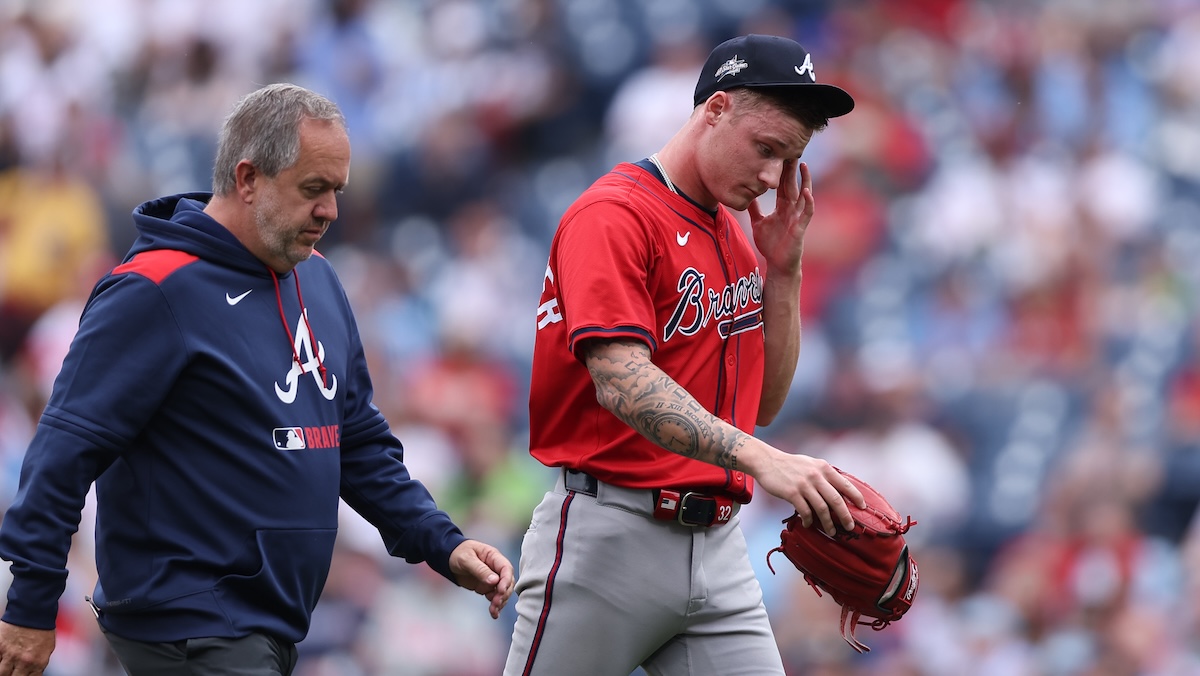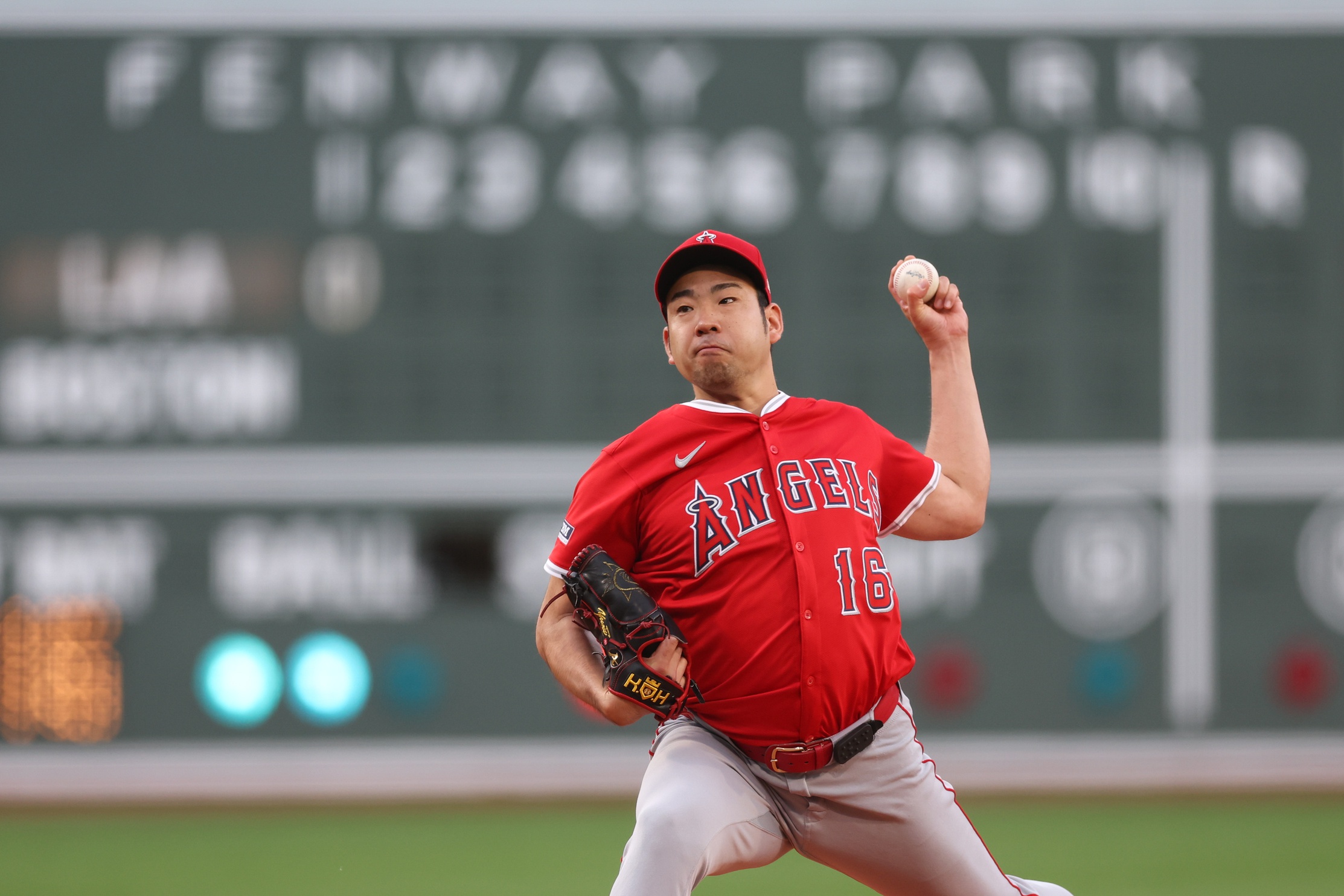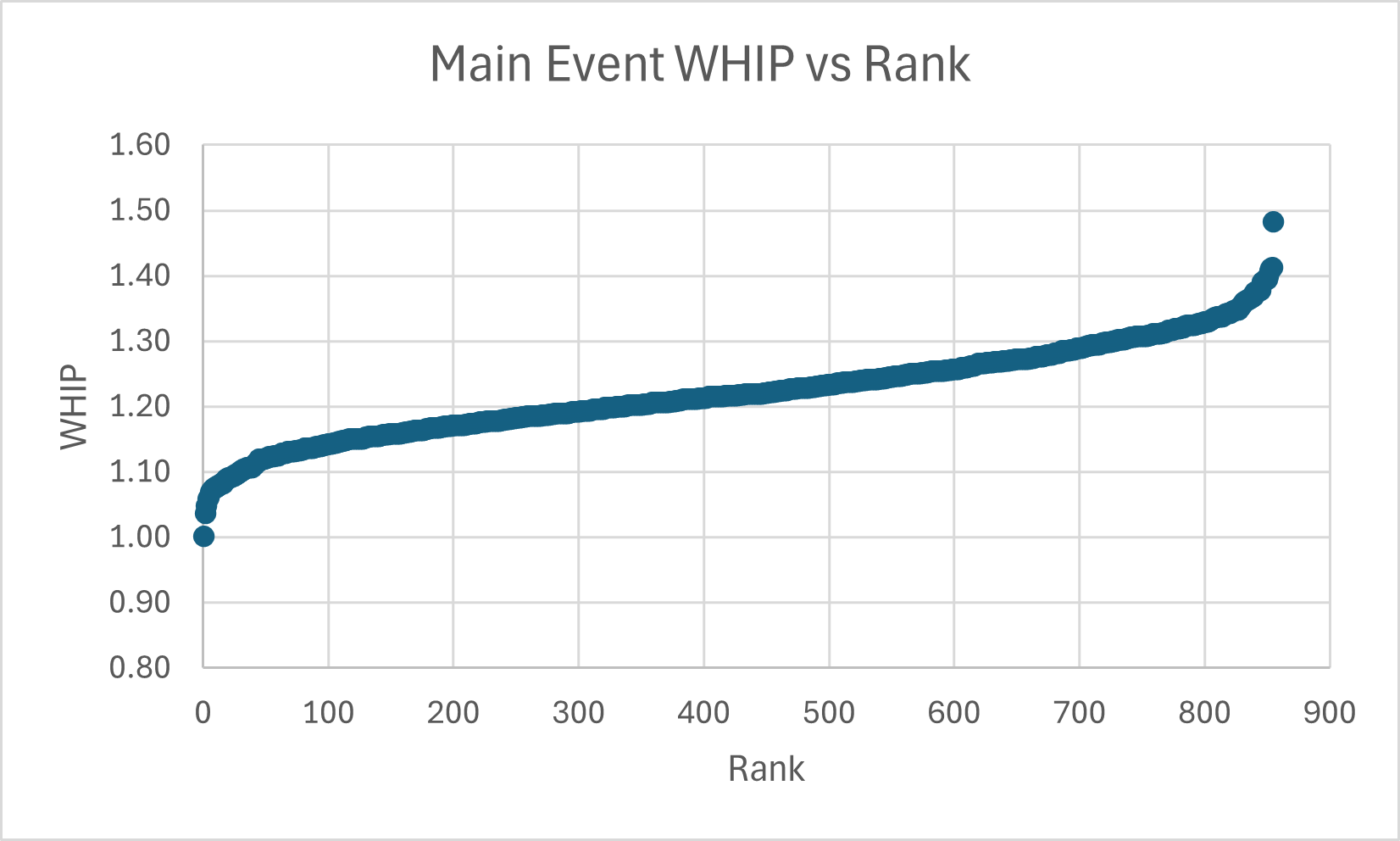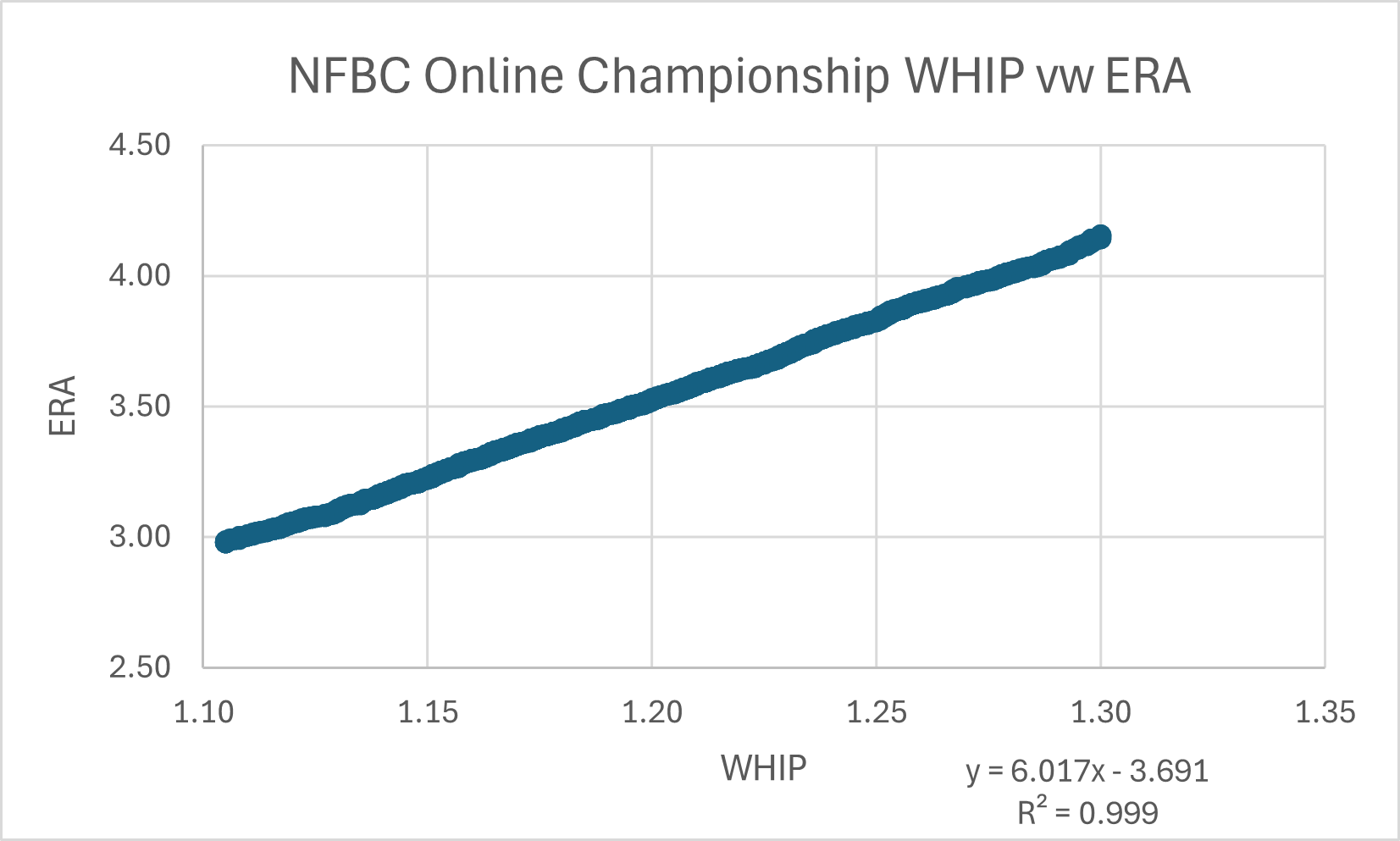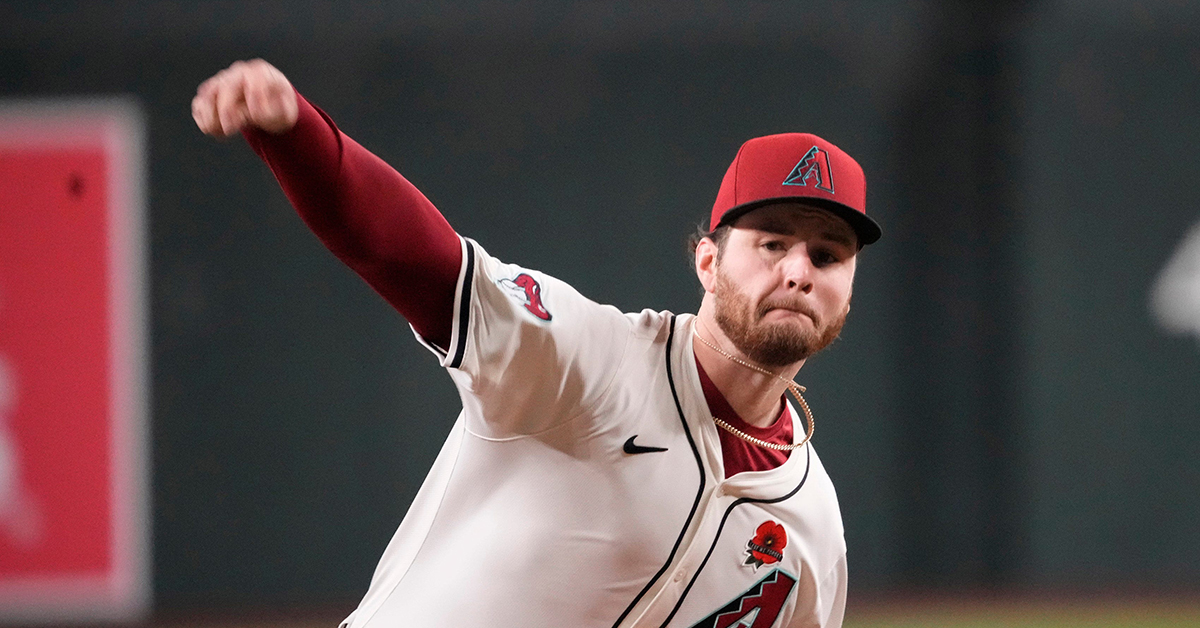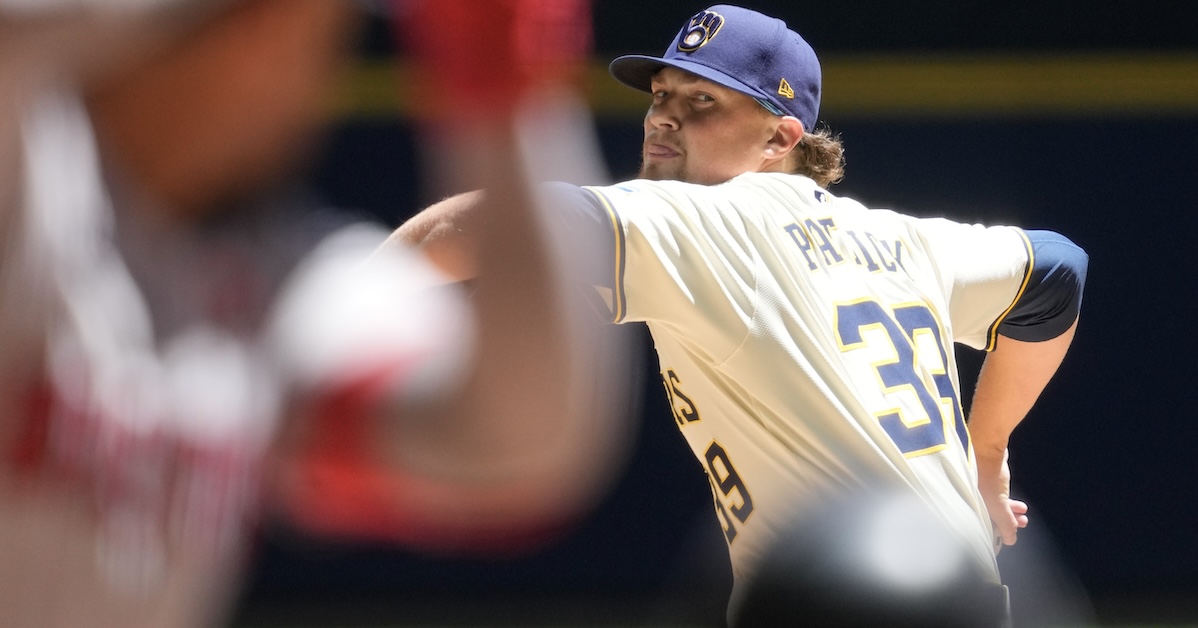Ottoneu Drip: Finding Under-rostered Pitchers: June 19, 2025
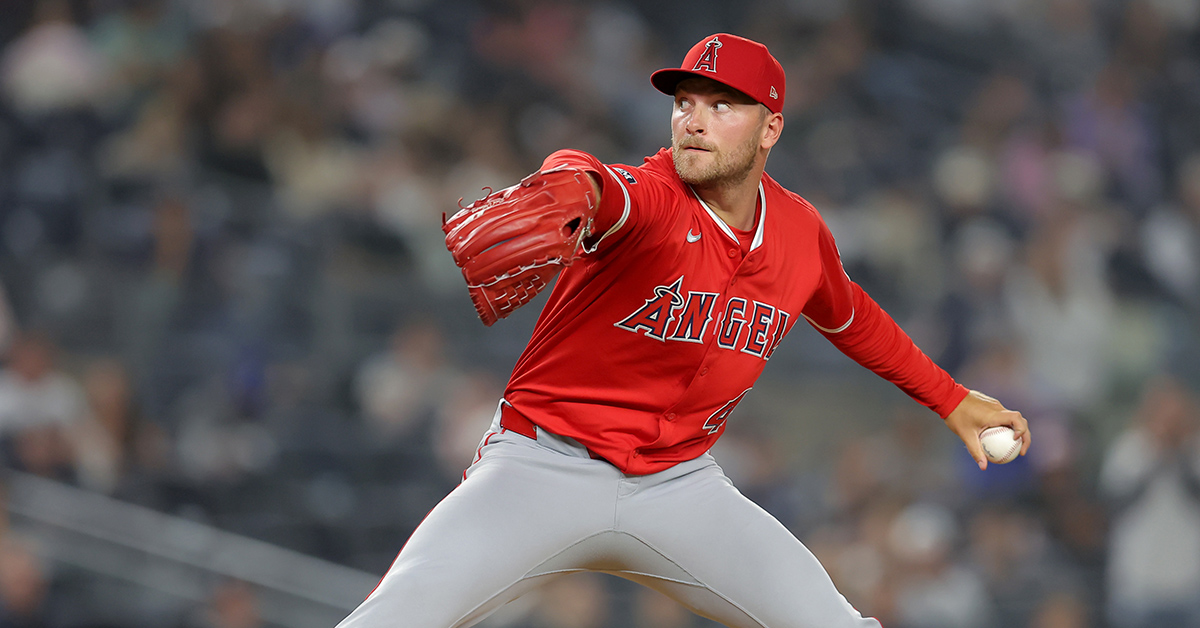
The search for pitching help is never ending. Between injuries and ineffectiveness, fantasy players are always on the lookout for pitchers who are performing well who can provide some reinforcements. Last time I ran this column, I focused on eight starting pitchers who were pitching well at the time. This time around, my focus will shift to the bullpen — with three starters sprinkled in for good measure.
| Player | Team | IP | FIP | K-BB% | Stuff+ | Pts/IP | Roster% |
|---|---|---|---|---|---|---|---|
| Quinn Priester | MIL | 17 | 2.13 | 16.9% | 99 | 6.35 | 29.4% |
| Emerson Hancock | SEA | 17.2 | 4.09 | 10.8% | 82 | 4.92 | 3.1% |
| Mike Burrows | PIT | 15 | 1.87 | 27.9% | 92 | 6.22 | 1.8% |
Over his first seven appearances (six starts and one bulk relief appearance) for the Brewers this year, Quinn Priester’s walk rate was an untenable 14.2%. In his six appearances since then (three starts, three bulk outings), his walk rate has been a very good 3.8%. He’s been pitching in the zone a bit more often — he had a 50.9% zone rate during that first stretch and a 55.2% zone rate during the second — while still maintaining an acceptable strikeout rate and an elite groundball rate. The groundball rate alone should give him a high-ish floor for Ottoneu, and the improved command makes him an interesting dart throw. Just make sure to monitor his usage as a traditional starter or a bulk reliever.
Injuries to George Kirby, Logan Gilbert, and Bryce Miller have forced Emerson Hancock into a much more prominent role in the Mariners rotation than the team probably expected. His season stats are being dragged down by two very ugly starts: a six-run, two-out disaster in his first start of the season and a seven-run, five-inning clunker against the Yankees on May 12. I don’t recommend doing this as a frequent practice, but if you remove those starts from his overall stats, his ERA drops from 4.48 to 2.60, his FIP from 4.81 to 4.09, and his Pts/IP rises from 3.05 to 4.26. That is a perfectly cromulent starter in Ottoneu as long as you’re benching him in particularly difficult matchups.
Mike Burrows isn’t the Pittsburgh pitching prospect we’ve all wanted to see in the big leagues (that would be Bubba Chandler), but he’s got a couple of interesting attributes that could make him an interesting pick up in Ottoneu. First of all, his changeup is currently returning a 51.7% whiff rate and a .252 xwOBA allowed. His slider’s xwOBA allowed is even lower at .221, though it’s not getting the swings and misses like his change is. The problem is that his fastball is far too hittable, which means his ceiling is capped pretty low. Still, he’s allowed just three runs total in his last three starts and is running an excellent 6.67 strikeout-to-walk ratio during this stretch. As long as the changeup continues to be a plus plus bat missing weapon and the slider continues to suppress contact, he’ll likely have stretches like this where he looks dominant. The run-of-the-mill fastball will bring him back to earth eventually.
| Player | Team | IP | FIP | K-BB% | gmLI | Stuff+ | Pts/IP | Roster% |
|---|---|---|---|---|---|---|---|---|
| Gregory Soto | BAL | 6.1 | 0.54 | 45.5% | 1.03 | 118 | 11.63 | 19.6% |
| Bryan Baker | BAL | 6.1 | 2.59 | 34.8% | 1.53 | 107 | 9.88 | 16.3% |
| Seranthony Domínguez | BAL | 6 | 0.73 | 36.4% | 1.58 | 116 | 11.53 | 13.5% |
| Garrett Whitlock | BOS | 7 | 0.92 | 36.4% | 2.04 | 94 | 10.66 | 59.2% |
| Greg Weissert | BOS | 5.2 | 2.54 | 12.5% | 1.96 | 97 | 10.22 | 7.4% |
| Reid Detmers | LAA | 6 | 0.40 | 42.9% | 1.90 | 113 | 11.80 | 51.2% |
| Nick Mears | MIL | 5.1 | 0.44 | 38.9% | 0.90 | 103 | 9.80 | 29.8% |
| Louis Varland | MIN | 5 | 1.87 | 22.7% | 1.37 | 103 | 7.88 | 54.3% |
| Brock Stewart | MIN | 4.2 | 1.35 | 10.0% | 1.04 | 112 | 8.60 | 24.8% |
Let’s tackle all these relievers by team. The Orioles have had a really tough time finding a consistent setup man to pitch in front of closer Félix Bautista. Six different pitchers have recorded a hold over the last week but the three pitchers listed in the table above look like the most interesting of the bunch. Bryan Baker has increased his strikeout rate 10 points this year while simultaneously cutting his walk rate to a career low. Fueled by an absolutely devastating changeup, he’s the guy I’m targeting out of this ‘pen. Seranthony Domínguez is no stranger to high-leverage work, though his inconsistent command means he’s been pretty volatile throughout his career. He’s on a heater right now, allowing just five baserunners over his last nine outings while striking out 16. Acting as the left-handed specialist in the bullpen, Gregory Soto is earning holds at a consistent pace while also providing solid rate stats.
It looks like Garrett Whitlock and Greg Weissert have settled in as the setup options in front of closer Aroldis Chapman in the Red Sox bullpen. Interestingly, both setup guys have earned saves in the last week after Chapman was unavailable for a few days and then used in the eighth inning on Wednesday to face the top of the Mariners lineup. Whitlock has overcome a long injury history and a failed attempt to convert him to a starter to settle in as a high-leverage reliever this year, a role he was familiar with back when he first broke into the big leagues. His strikeout rate has jumped up to 30.1%, though his walk rate is still a little high at 9.2%. Weissert hasn’t been as dominant as Whitlock, but he’s getting high-leverage opportunities and has done well to convert those opportunities into holds and saves.
Across three outings from April 30–May 7, Reid Detmers allowed 12 runs while recording just a single out. Since that low point, he’s allowed a single run in 16 appearances and is suddenly looking like a dominant high-leverage reliever. His strikeout rate is nearly 40% during this stretch and he’s earned six holds and two saves for the Angels. He has been throwing his fastball about two ticks harder than earlier in the season.
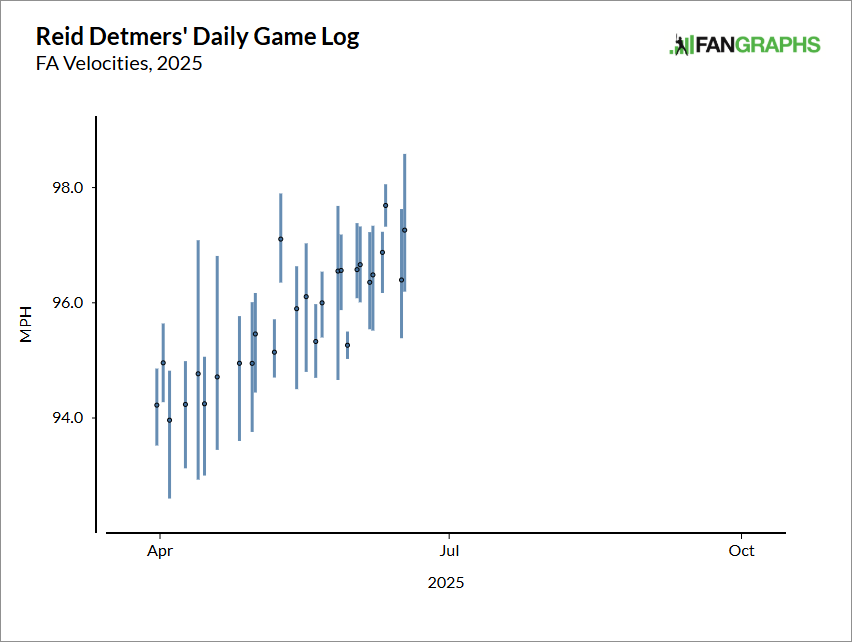
His pitch mix looks the same and there haven’t been any big changes to his approach: his zone rate and chase rate are ever so slightly higher during this hot streak, but batters are swinging and missing at his pitches a lot more often. His success might just come down to a harder fastball and better execution.
I included Nick Mears in this column back on May 13 and he had a bit of a hiccup right after that write up; across his next seven appearances after that article posted, he allowed six runs in 7.1 innings while striking out just three. Across his next seven appearances, he’s been a lot better, holding his opponents scoreless while allowing just two baserunners and striking out eight. He’s firmly behind Trevor Megill and Abner Uribe in the pecking order, but he could be working his way back into high-leverage opportunities in the sixth or seventh inning.
The Twins bullpen has been a bit of a mess recently — they’ve lost three games for the team in the past week — but that just means there are new opportunities for relievers to gain the trust of manager Rocco Baldelli. Jhoan Duran and Griffin Jax are probably safe in their roles, but Louis Varland and Brock Stewart could be sneaking into high-leverage work ahead of those two. Varland has transitioned from the rotation to the ‘pen this year and has looked pretty solid as a reliever. He’s got the big fastball and devastating curveball to thrive in the late innings. Stewart has what Stuff+ thinks is one of the very best sliders in baseball. He’s been particularly injury prone during his career and his command can be spotty at times, leading to some volatility. Still, the 35% strikeout rate is nothing to scoff at, and as long as he’s healthy, he should be a high-leverage option for the Twins.

